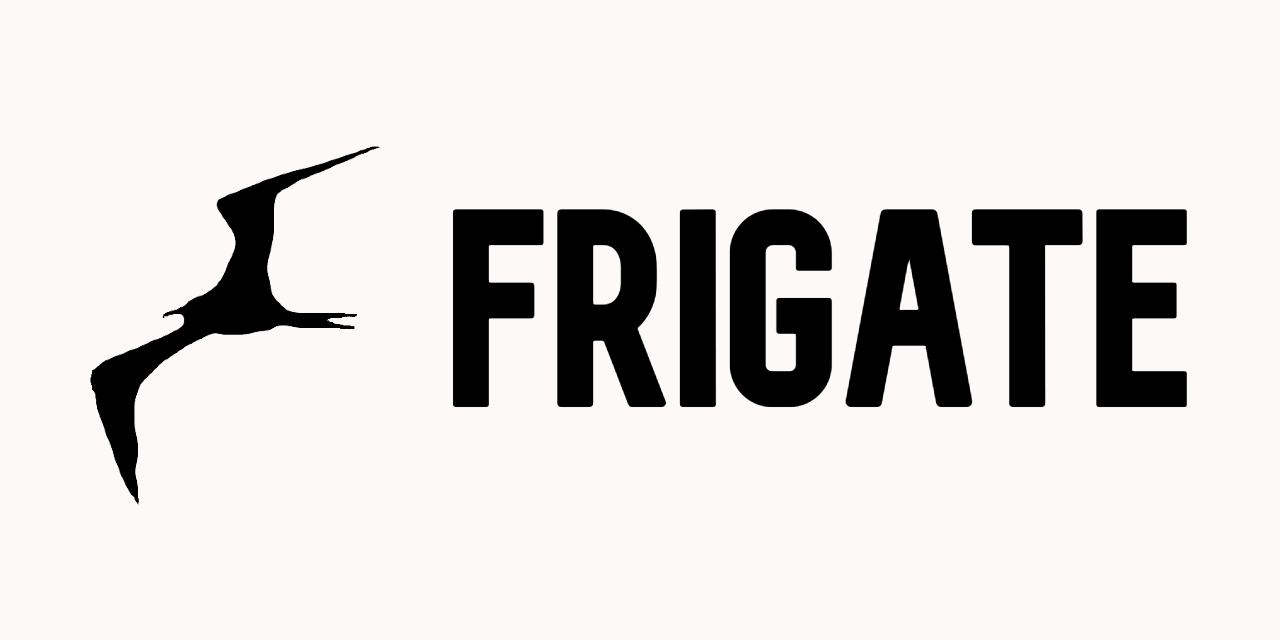Well these days we have flatpak to solve the “not in the repo” (or ‘old version in the repo’) problem.
- 1 Post
- 10 Comments

 4·9 months ago
4·9 months agoI just checked that link and YES, actually it is, thanks for pointing it out. The docs must have been updated for v0.13, they added the ffmpeg prefix to the go2rtc stance, this wasn’t there before. I found this originally in a github bug discussion with the frigate dev, where he suggested the person having issues to try this out and see what happens. There was no follow up after that suggestion though.

 1·9 months ago
1·9 months agoNote - another helpful tip for 510WA cams: in this github listing: Reolink Firmware Archive, you can find a link to version 3.1.0.1387 which I have been running for a week, this version is much newer than the latest official release (.764), it adds two useful new options in t he Stream configuration section (which is only accessible via the Web interface of the cam),
- interframe space: set it to 1X
- frame rate mode: set it to fixed

 1·9 months ago
1·9 months agowhat is the point of doing that? I just checked and I have hundreds of entities, it would take a huge amount of time to see which ones to keep visible / which ones are used in automations or visualization etc. What is the harm of just leaving them exposed?
I am no programmer either, mainly a technical-oriented user, and I made the switch to a linux-only desktop almost 20 years ago. I tried several distros but I keep coming back to ubuntu (in vanilla gnome mode), with it’s closeness to debian and huge library of apps, with it’s massive userbase you get a lot of online community support, and it’s really polished these days. For the last 5-6 years or so I’ve been using “LTS” releases, doing major updates every two years, I found that to be a very reasonable cadence and it gives you great environment stability. The only significant downside I found these days is ubuntu’s insistence in using their (proprietary?) snap desktop container app ecosystem, I personally much prefer flatpaks, and actually I use flatpaks extensively on my ubuntu desktop for SW that needs frequent updating (darktable, logseq, etc)

 5·1 year ago
5·1 year agoDid you check logseq? It’s on flathub
Tilix [https://gnunn1.github.io/tilix-web/] is missing from the list. My terminal of choice for the last (I lost count) however many years. Integrates nicely with gnome3+
This brings back so many memories! My first distro some 25 years ago now! Something to tell my kids about. I remember it took me a couple of days to get audio to work on my first install! And I still loved it. So much water has passed under the bridge. Now 100% of the production envirnoment at work is Linux-based and so are the devices at the other end of the wire/airlink. And so are our phones, home servers and on and on. Linux skills have had the highest return

 2·1 year ago
2·1 year agoPi4 for HomeAssistant + audio streamer with a HiFiBerry card, with external SSD, google Coral stick for Frigate, and a Zwave stick. Running OSMC as OS.
Pi3b with OSMC as audio streamer
Small fanless HTPC on a six year old Apollo lake mini ITX mobo. Looking forward to upgrading this one soon with one of the recently announced alderlake N100 fanless mini itx mobos.

Two candidates for my best-discovery-of-the-year prize,
Ptyxis terminal: https://gitlab.gnome.org/chergert/ptyxis A modern take at a terminal, gtk-4 native, gpu accelerated, container-aware etc that replaced tilix in my setup. And it comes neatly packaged as a flatpak
LogSeq notes: https://github.com/logseq/logseq A different approach to note taking & journal. Very nice looking, rich plugin ecosystem, could use some performance boost but I think they are working on it
Big shootout to flatpak/flathub that for me has finally taken off, I converted all of my regular desktop apps to flatpaks. Went from 3-4 apps last year to ~20 (including Firefox libreoffice, even my terminal app) this year and not looking back. This has made doing a major host SW upgrade almost painless for the first time in 25+ years using Linux desktops.